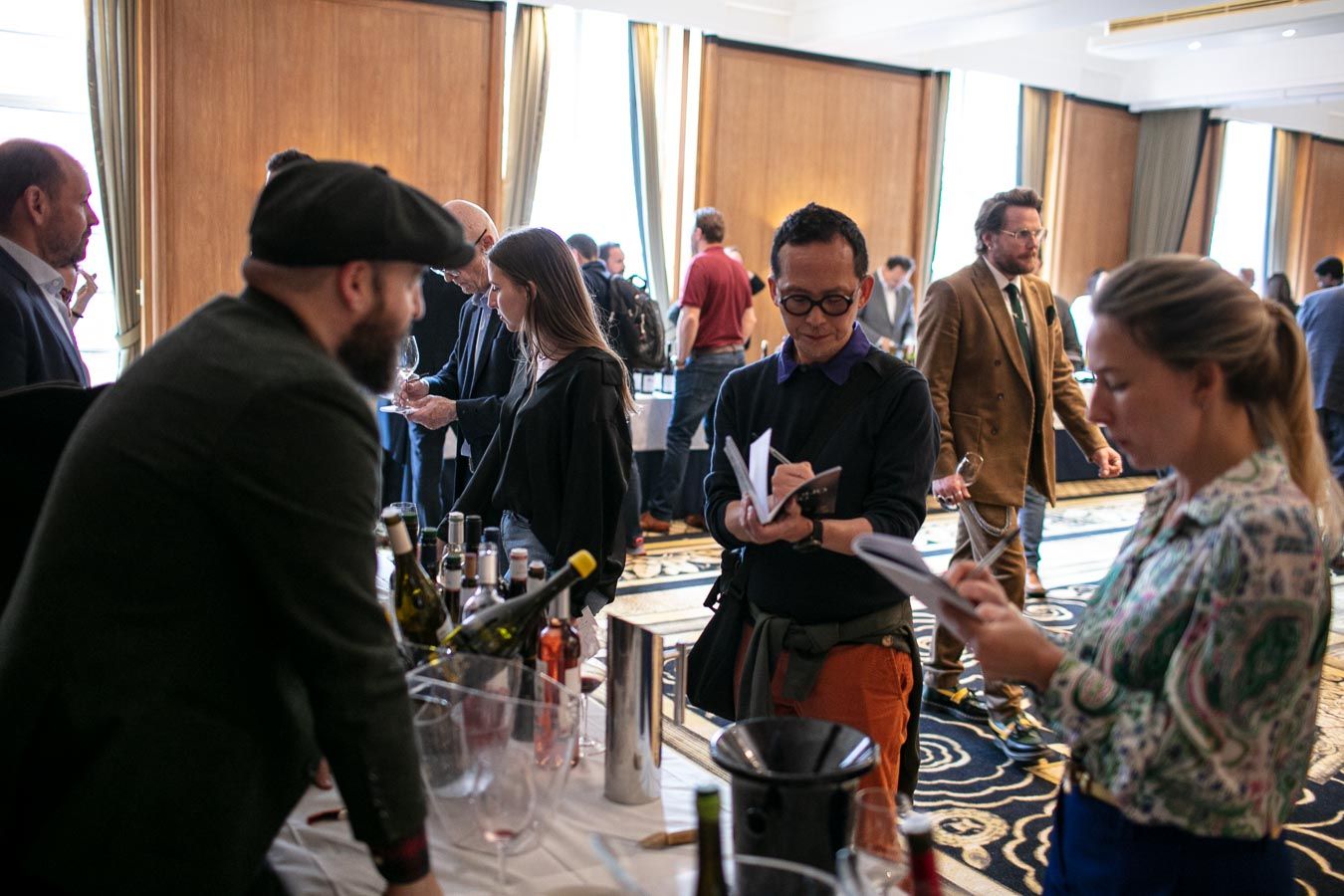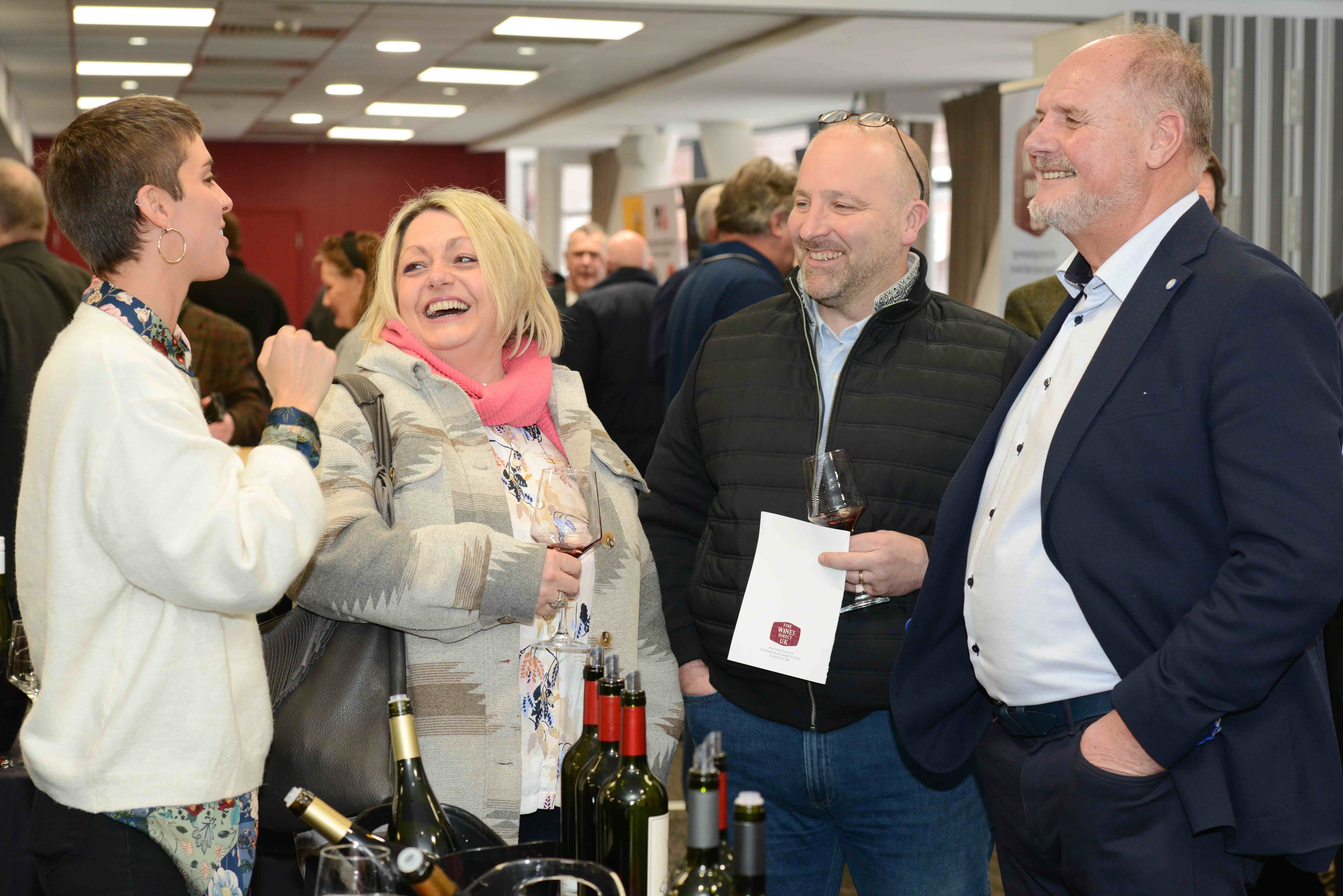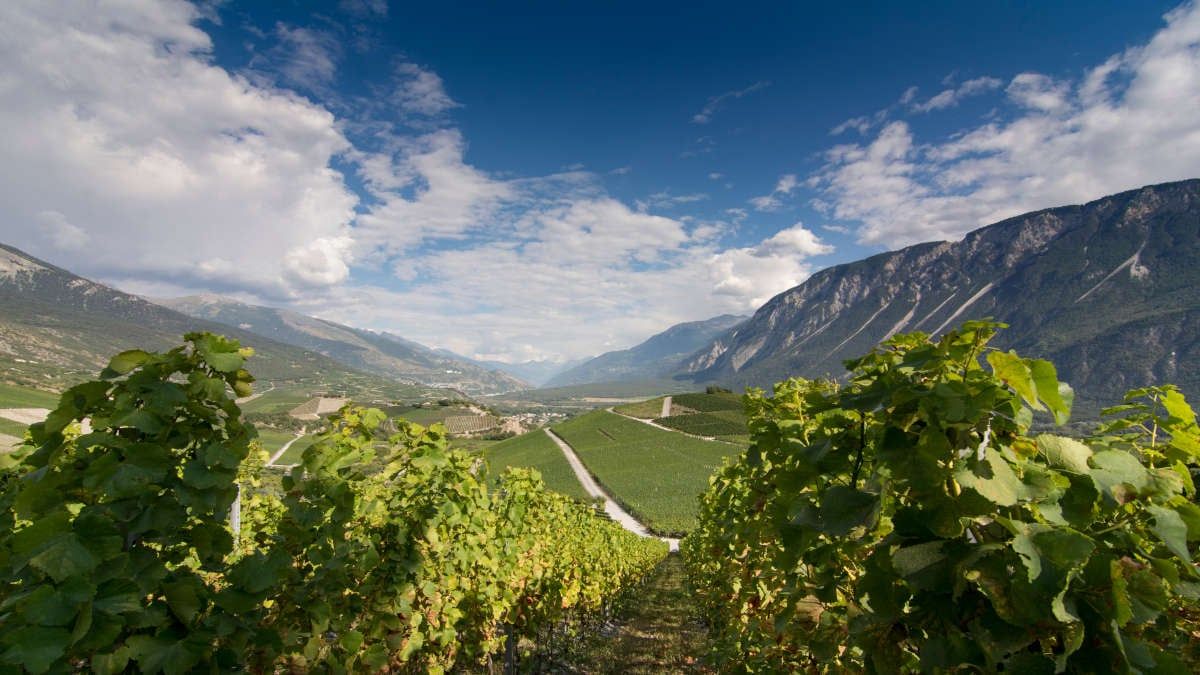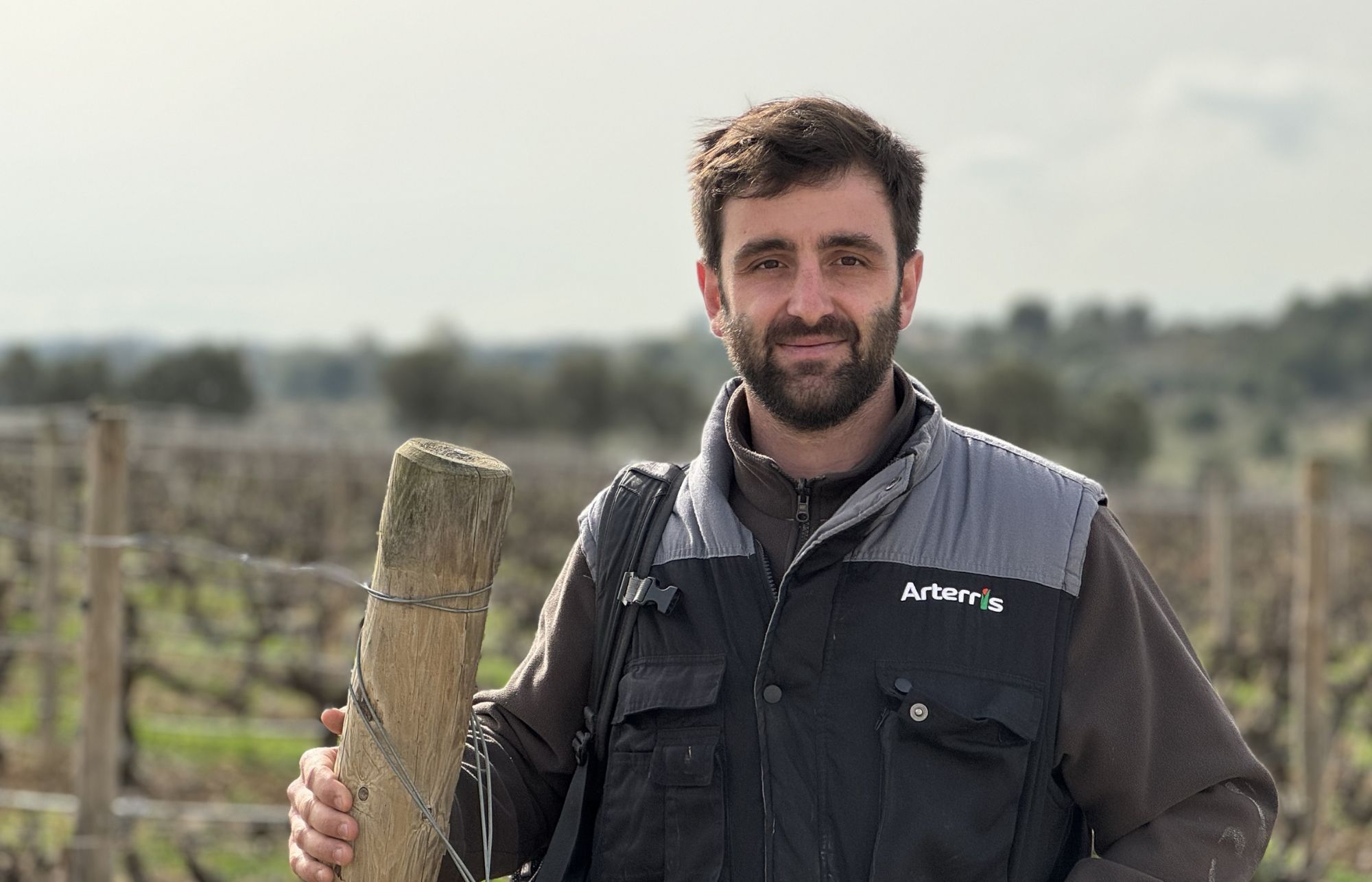“This is classic stuff… like so much of Davy’s Wine selection, in fact,” writes Keay.
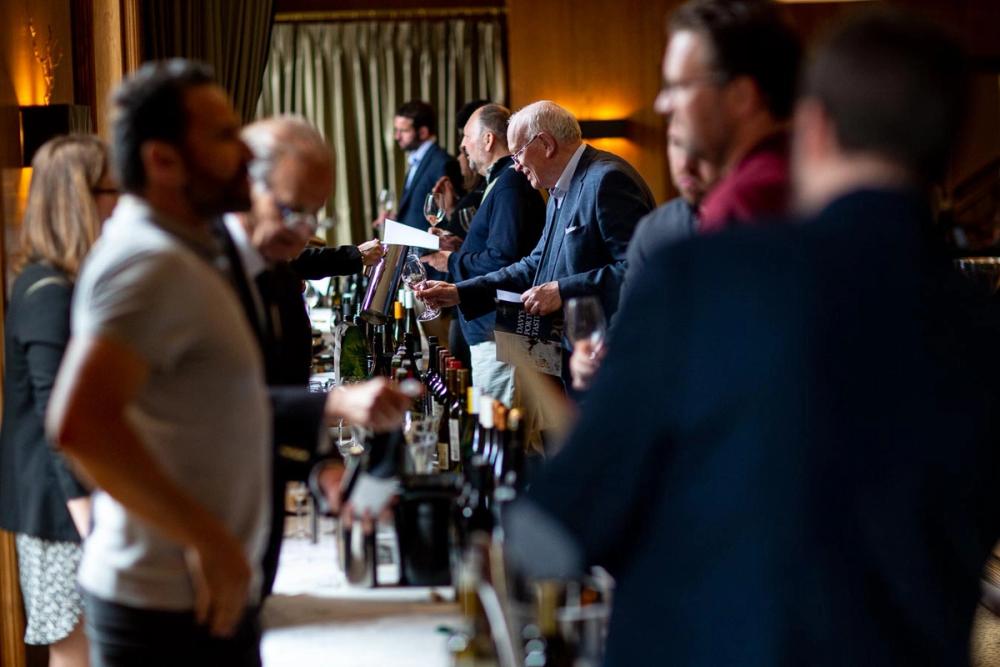
Davy’s Portfolio Tasting: one of six major events in London on June 26, 2023
Even by last year’s standards, when the UK wine trade was struggling hard to play catch up after Covid, 2023 has so far had a manic tasting calendar – on one day alone, June 26, there were six separate events including major generic tastings for Greece and Sicily. In amongst all this, Davy’s Wine Merchants somehow found space to squeeze in its Portfolio Tasting for 2023 – and what a revelation it was. Thirty small to medium-sized producers from 12 countries were present, showing a wide range of wines, all with a strong identity and sense of place. Not big names necessarily, but good ones who clearly know very well what they are doing.
The tasting reflected the Davy’s approach of focusing on often individual or family-owned producers with whom it can maintain a close working relationship. The traditional focus on France, Italy and Spain was clearly there, with solid quality wines aimed at Davy’s traditional customer base, including Domaine de Pallus from the Loire, Champagne Dumenil, the always good Jean Becker from Alsace and Bodegas Ochoa from Navarra, as well as two great Portuguese producers, Quinta da Silveira from Douro and the innovative, dynamic Espaco Rural from Alentejo with its fantastic amphora wines.
There were quite a few exclusivities – Davy’s now has 55 at least, which it hopes to expand as it takes on more producers from Central Europe, south-eastern Europe and what might once have been called the “New World”.

The volcanic soils of Mount St George was the subject of a Caroline Gilby MW and Robert Gilvesy masterclass
So which countries and producers stood out?
Hungary, Gilvesy Cellars
Together with Caroline Gilby MW, Canadian born Robert Gilvesy gave a fascinating masterclass focusing on the volcanic soils of Mount St George and the impact this has on the evolution and wines Gilvesy Cellars makes, which include a Riesling, an Olaszrizling (together with Furmint, Central Europe’s key white grape variety) and an almost ethereal Kadarka, the tricky grape that is often compared to Nebbiolo and Pinot Noir. Gilvesy pointed out that although we look at Santorini and Sicily as the classic volcanic regions, this part of Hungary has had volcanic soils for much, much longer – some 4 million years, give or take. Many of the wines Gilvesy showed are made in such small volume that they are hard to come by, but two of them are on Davy’s regular list and make my list too. The impressive Varadi Furmint 2019, very mineral despite undergoing spontaneous fermentation in 500l Hungarian oak barrels, expressive with great balance but a very different expression to Tokaji Furmint; and the St George, a delicious blend of Furmint (30%) Riesling (40%) and Olaszrizling (30%), fruit forward with lovely freshness and persistence on the palate. Both wines are ripe and ready but with just 12.5% alcohol each, also quite restrained.
Italy, Tenuta Montauto
Any wine with a bunny rabbit on the label gets my vote (although actually the label acknowledges the owners of this winery, the Lepri family, whose name translates as hare) and the wines from this winery, located near Grosetto in Tuscany’s Maremma) are simply delicious. I was really taken with the Staccione Rosato 2022, a pale pink Sangiovese made with a lovely light touch, soft acidity and a warm, smooth saline palate. This would give high quality Provence rose a serious run for its money. Equally good is the Metodo Classico Brut NV Sangiovese, same style and light colour and proof that those who say Sangiovese is too tannic and heavy to make good pink wine are simply, wrong.
Italy, Unmaredivino
Sardinian wine has sadly been rather under the radar in recent years but this family producer, which was founded in 1949, reminded me how good it can be. I loved the Bianco Smeraldo Vermintino di Gallura DOCG Superiore, a surprisingly complex wine made from grapes grown in old vineyards, it is rich and quite fruit forward, with apricot, peach and herbs on the palate. A contrast to the hefty Su Mere 2015, a 17% Cannonau, incredibly rich and fruit-packed but also very smooth. Two very different but typical wines that show Sardinia at its best.

Sardinian wine has been too much ‘under the radar’ these days
France, Château Henri Bonnaud and Domaine du Dragon
These two very different Provence rosés are a firm riposte to those who say all these wines taste the same. The first producer is located outside Aix and makes wines in three of the Provence AOCs – Côtes De Provence, Côtes de Provence St. Victorie and Palette, and it was the rosé from the last AOC which really stood out. Organic, a blend of Grenache (40%) Mourvèdre (40%) and Cinsault (20%), fashionably pale due to the grapes being pressed lightly, before 80% go into stainless steel and 20% into barrique, to give the final wine roundness and complexity. Domaine du Dragon, from Draguignan near St.Tropez, is very different, lots of stone fruit, aiming for elegance with peach and strawberry on the palate. Heftier than the Bonnaud and would work well as an aperitif and food wine.
South Africa, Bizoe Wines and La Brune
Neither of these wineries were known to me but both showed wines that are something of a revelation. Bizoe – derived from the French word Bisous, little kiss – is run by Rikus Neethling in the Western Cape where amongst other things he is focused on Sauvigon Blanc, or white gold as the South Africans call it because it sells so fast. I was more taken with the Bizoe Genant SGM 2019, a great, quite full bodied take on the classic Rhône blend, with the Mourvèdre showing quite strongly in the long spicy aftertaste. Fruity but elegant, textured and well-balanced. La Brune, from Elgin is run by Burgundy afficionado Nico Grobler and focused on the region’s typical varieties Chardonnay and Pinot Noir. The La Brune Pinot Noir 2021 is made in small quantities and is still very young but showed great richness and finesse, with good length and rich red fruit on the palate.
Former US Air Force and commercial air-force pilot Bob Morus has been running the 30-hectare Phelps Creek vineyard in Oregon since the 1990s, focused on Chardonnay, Pinot Noir but also unusually for this area, Pinot Gris, Riesling and Gewürztraminer, a wide range of wines that reflects his vineyard’s location right up next to the Washington State border. All his wines showed well, with the Gorge Crest Gewurzt 2019 showing great character and elegance, almost Alsatian in style but it was the Cuvee Alexandrine Pinot Noir 2018 (14%) that really impressed, spicy red berry and tobacco on the nose and palate, delicate oaking reflecting the one year spent in French oak before bottling. Very Burgundian, reflecting the fact that Morus makes this wine in collaboration with Alexandrine Roy of the famous Domaine Roy winery in Gevrey-Chambertin. Tiny volume, sadly.
Argentina, Domaine Bousquet
This, one of the biggest exporters of organic wine in Argentina, is one exception to the Davy’s ‘small is beautiful/exclusivity’ strategy – Bousquet supplies Waitrose amongst others and their main Tupungato vineyard is 110 hectares – but it is family run (the Bousquet Family left the south of France 25 years ago for Argentina) and very quality-focused. Its flagship Malbec blend Ameri 2019 is showing very well right now, sumptuous and complex and benefitting from the addition of Syrah, Cabernet Sauvignon and Merlot, which round out the palate nicely. Tobacco, chocolate and dark berry fruit on the palate, this is classic stuff.
Like so much of Davy’s Wine selection, in fact.
